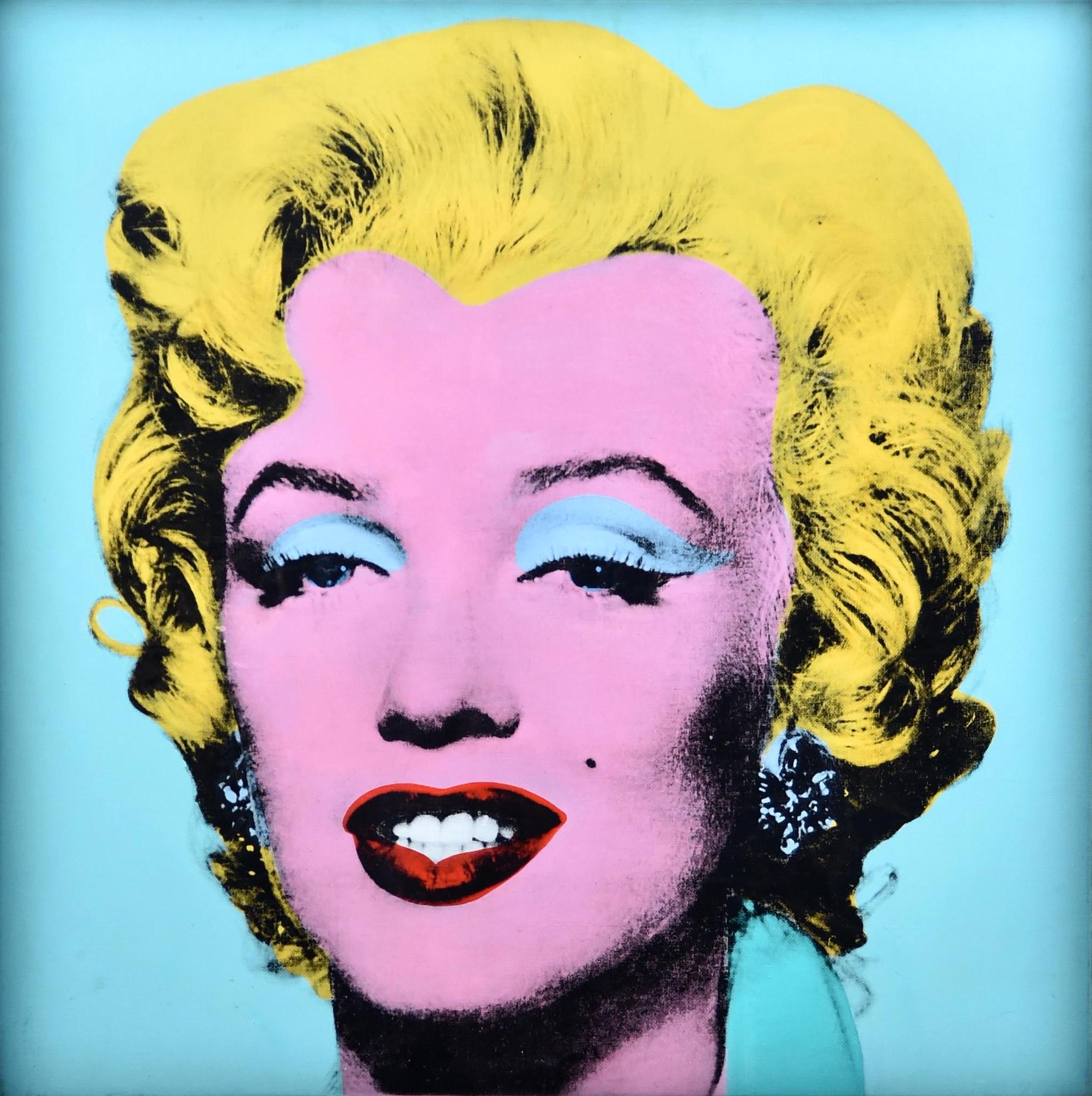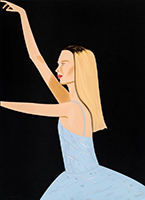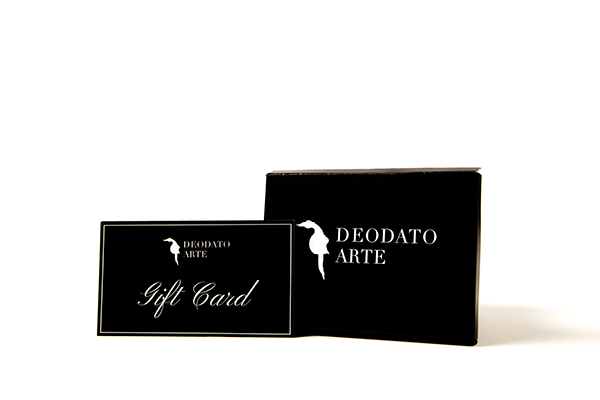
$195 million, about 184 million euros, is the price auctioned at Christie's for Andy Warhol's iconic Marilyn Monroe. The work sets a new record in the art world as the most expensive artwork of the 20th century, beating Pablo Picasso's Women of Algiers, which previously established a record of $179 million in 2015.
The work was sold in just four minutes. The sales proceeds will be donated to the Thomas and Doris Ammann Foundation in Zurich.
Andy Warhol's Marilyn Monroe: from pop icon revolution to auction record
The iconic portrait of Marilyn Monroe by Andy Warhol that was auctioned off is 'Shot Sage Blue Marilyn', made in 1964 after two years of the Hollywood diva's death. The artist decided to depict the actress not as a person, but as a character. The image of Marilyn is in fact based on a promotional photo taken for the 1953 film Niagara.
During these years, Marilyn Monroe was a very popular American actress, at the peak of her career, who personified the ideal of feminine beauty. For Andy Warhol, Marilyn Monroe represented one of the icons of American culture and the highest expression of the ideal of the perfect life to which Americans aspired: a life of fame and success as communicated by the mass media.
Shot Sage Blue Marilyn portrays Marilyn with yellow hair, blue eye shadow and bright red lips. Warhol downplays the details on the face of Marilyn Monroe to remove any detail considered unnecessary that might distract attention from the subject.
Andy Warhol paid homage to Marilyn Monroe after her premature death with five versions of the work to consecrate her as a mass icon, on a par with consumer products. The different versions were distinguished by the colour of the background; Warhol decided to always use bright colours such as red, orange, blue, turquoise and sage blue. The latter is the background of the work that was auctioned.
Andy Warhol and the consecration of Marilyn Monroe as an icon
After the series made two years after Marilyn Monroe's death, Andy Warhol also for this subject relies on the concept of repetition, creating several series in which the Hollywood star is the protagonist.
In the year of her death (1962) he created two series, Marilyn Series and Marilyn Diptych followed by Shot Marilyn in 1964 and Golden Marilyn Monroe in 1967.
"In August '62 I started making silkscreens.... It was all so simple-fast and quirky. I was enthusiastic about it. My first experiments with silkscreens were Troy Donahue and Warren Beatty heads, and then when Marilyn Monroe died that month, I got the idea to do silkscreens of her beautiful face - the first Marilyn."
The Shot Marilyn series
The Shot Marilyn series, of which the record work is a part, consists of five versions that differ in the colour of the background. Once the paintings of the series were completed, they were kept in Warhol's Factory, his studio on East 47th Street in Manhattan.
Dorothy Podber, a performance artist and friend of photographer Billy Name who often frequented Warhol's Factory, decided to visit the artist. After seeing the completed series piled up against each other in the studio, Podber asked Warhol if he could do a "shoot". Thinking that Podber wanted to take a picture, the artist agreed, but she removed her pair of black gloves, took out a small revolver from her purse and fired a shot into the pile of paintings, which became known as The Shot Marilyn.

Although her gesture gave the series that became so popular its name, Dorothy Podber was banned from The Factory for life.
Sunday B. Morning and Warhol's later versions
In 1970, the well-known Belgian print shop Sunday B. Morning, founded by some of Warhol's friends, decided to launch a reprint for Europe of the first series of the 'Marilyn', which had just been an incredible international success.
However, Warhol refused to collaborate, but the Sunday B. Morning decided to start the production, putting a stamp on the back saying: 'Published by Sunday B. Morning' and 'Fill in your own signature'.
Faced with this initiative and due to the great friendship, that tied him to the founders of the printworks, Warhol decided to sign some of these works on the back with the words 'This is not by me, Andy Warhol': an ironic reference to the authenticity of the work. Thus, the series This Is not by me was born.
Discover the hand-signed Marilyn
The Belgian printworks also launched a series entitled After since the artist's death, in which the Marilynsilkscreens are faithfully reproduced from the originals in the same iconic colours as Andy Warhol's works.











 Register
Register Wishlist
Wishlist Contact Us
Contact Us
